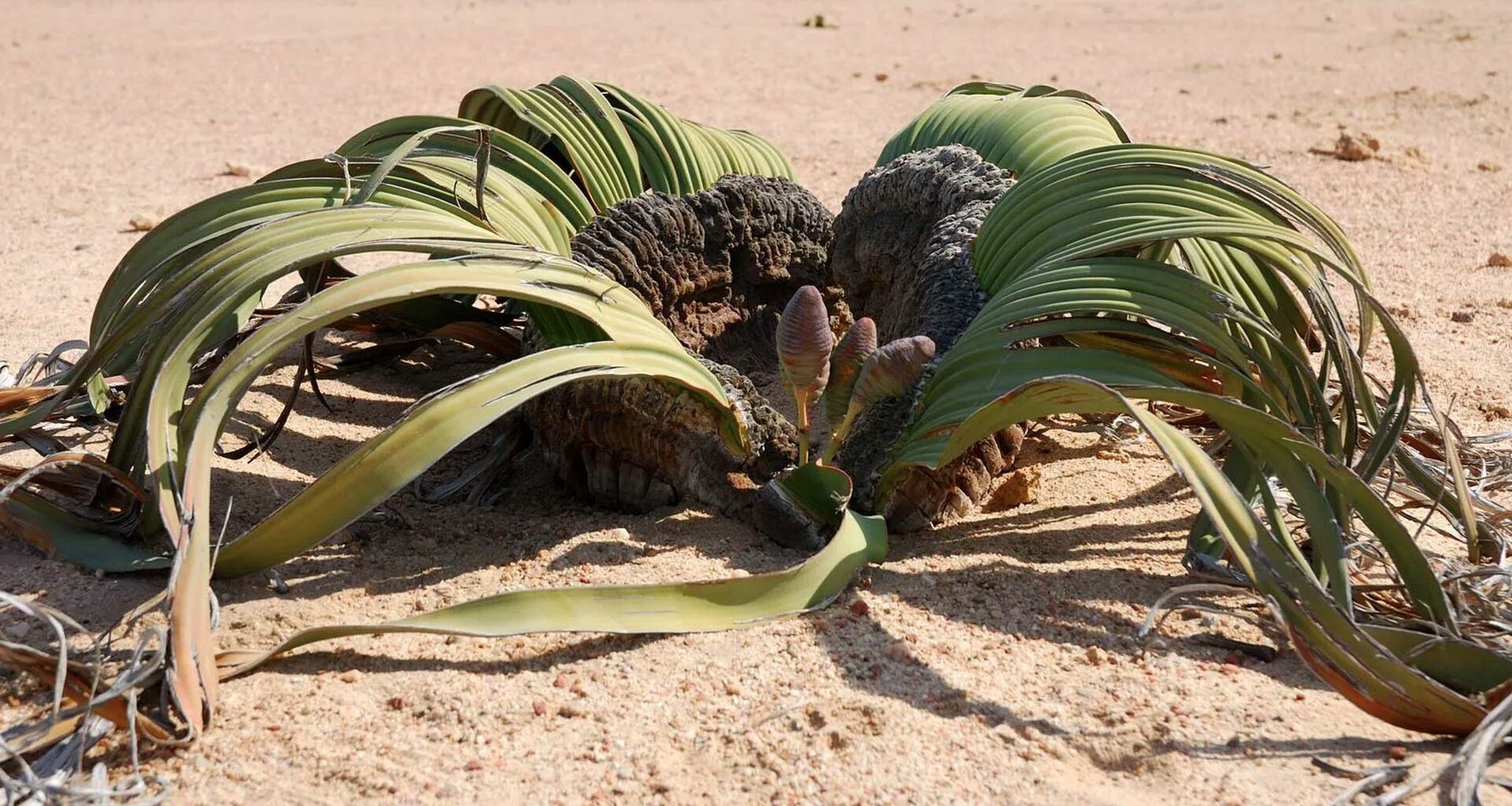We all age, and for decades, science has been looking for a way to slow that clock. Much of that research is now focused on epigenetics—a system of “software” that runs on our genetic “hardware,” telling genes when to turn on and off. A new study, published in Nature Communications by a global team of researchers including Tao Wan and Andrew R. Leitch, uses AI-driven genomic sequencing to understand one of the planet’s most bizarre and long-lived organisms: Welwitschia mirabilis.
This strange, “ugly” desert plant can live for millennia. The team’s analysis revealed its secret: it uses a powerful epigenetic process to aggressively silence its own “junk” DNA. This matters because it provides a natural blueprint for how a complex organism can maintain its genetic integrity over thousands of years, a core challenge in human aging.
The genome’s ‘jumping’ gremlins
So, what’s the connection between an ancient plant and your own aging? The answer lies in a shared problem: our genomes are messy. They are littered with millions of copies of “jumping genes” called retrotransposons. Think of your genome as a critical instruction manual. These jumping genes are like mischievous gremlins constantly trying to rip out pages and paste them in random, new sections. As we age, our ability to control these gremlins weakens. The chaos they create scrambles our genetic instructions, leading to the errors and decay we call aging.
Stay Ahead of the Curve!
Don’t miss out on the latest insights, trends, and analysis in the world of data, technology, and startups. Subscribe to our newsletter and get exclusive content delivered straight to your inbox.
The Welwitschia plant is a master of survival. To understand how it thrives for thousands of years in the brutal Namib desert, the researchers had to map its massive 6.8 Gb genome. This is where AI comes in. Using advanced sequencing and AI-powered models, the team didn’t just read the genetic “letters”; they also mapped the epigenome, the layer of instructions on top of the genes. They found that the plant’s genome is in a constant state of war. About 1 to 2 million years ago, it suffered a massive “burst” of these jumping genes. To survive, the plant had to evolve a brutal, iron-fisted defense.
Pressing the ‘mute button’ on junk DNA
The study revealed the plant’s secret weapon: DNA methylation. This is the cell’s primary epigenetic “mute button.” It’s a tiny chemical cap that the cell sticks onto a piece of DNA, effectively telling it to “be quiet.” The researchers found that Welwitschia has extraordinarily high levels of this methylation, and it’s aimed squarely at those jumping genes. It’s a full-time, high-energy job to keep every single one of those “gremlins” silenced.
The plant keeps this mute button pressed down hard, especially in its basal meristem—the all-important growth tissue that is its personal “fountain of youth.” By silencing the junk, the plant protects the integrity of its instruction manual, allowing it to keep growing for 3,000 years while ours starts to fall apart after 80.
Can we copy this plant and live forever? Let’s not get ahead of ourselves. This study reveals a fascinating strategy for longevity, not a simple “cure” for human aging. The paper makes it clear that the plant’s epigenetic defense is extremely costly, requiring a huge amount of energy. This is likely why its growth is incredibly slow. It has made a trade-off: genetic integrity in exchange for slow growth. The limitation of this research is obvious—it’s a plant, not a person. But the principle is what’s important. By using AI to map these complex epigenetic systems, scientists can understand the different ways nature has solved the problem of aging. The next step is to see if these same pathways can be safely and effectively targeted in human cells. This research gives us a new target, suggesting that the key to slowing aging might not be in changing our genes, but in getting much, much better at silencing the parts that are trying to tear them apart.
